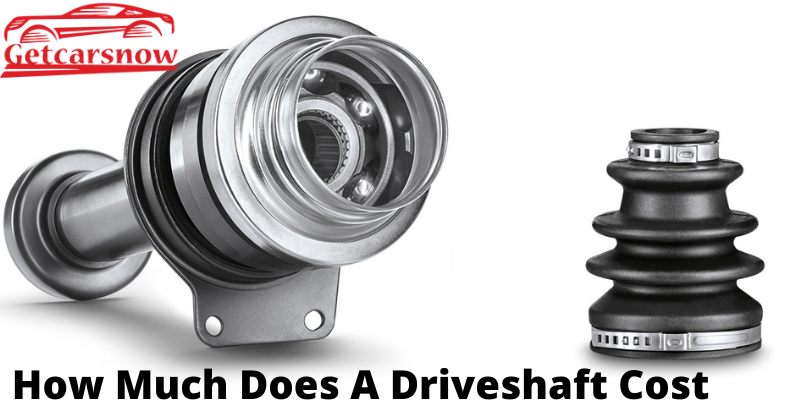Importance Of Car Engine And Transmission Cleaning
Car engines and transmission is the heart of the car. Cleaning the engine or transmission of your car can seem overwhelming. But with the right materials and planning, it can be a worthwhile job.
By cleaning your engine on a regular basis, you can prevent grease and dirt from accumulating. Which can lead to issues like rust, which can result in costly maintenance bills. There is a variety of cleaning items available for cleaning your engine.
Since there is a range of components in your car’s engine that water does not contact or penetrate. It’s important that you take the time to thoroughly study how you should plan for and carry out the task.
How to clean the inside of the car engine?
If the interior of your car’s engine has collected dirt and sludge, or grease over time, you may need to clean it. This buildup will harm camshaft bearings, crankshaft bearings, and lifters if not cleaned properly. It can also obstruct the oil galleries, preventing oil from reaching the engine’s critical components. Cleaning the interior of an engine block is a challenging task. That requires the engine to be removed from the vehicle and placed on an engine stand.
- Place the engine on an engine stand and attach a hot water supply to the power washer or garden hose.
- Apply engine degreaser to the engine block and allow it to soak in for the period indicated on the product label.
- With a stiff-bristled brush, loosen built-up dirt and grime on the engine block. To loosen the accumulated grease, spray brake parts cleaner into the oil galleys, freeze plug holes, lifter bores, and cylinder bores.
- To avoid corrosion, scrub the engine block with a stiff-bristled brush, laundry soap, and hot water while keeping a steady flow of water over it. Clean the cylinder bores with soft rags, and the lifter bores and oil galleries with smaller brushes.
- To stop the rusting process, rinse all soap from the engine block and immediately cover all interior and exterior surfaces with a lubricating oil spray. Spray the cylinder bores, lifter bores, oil galleries, bearing papers, and saddles on the inside of the block.
- Using the air compressor, spray the inside and outside of the block to dry it out. Another coat of lubricating oil spray is applied.
Hydrogen carbon car cleaning
Any type of engine, diesel or gasoline, will benefit from hydrogen carbon cleaning solutions. Carbon Clean not only reduces carbon deposits from the engine’s interior, but it can also help you avoid costly repairs. Every 10-12 thousand miles, we suggest that you get your car’s engine cleaned.
Benefits of carbon cleaning
Carbon cleaning is beneficial to your car engine because it reduces exhaust emissions, increases engine performance, and improves compression. The cleaning also extends the life of the engine while improving its efficiency. It also reduces oil consumption, pollution, and MPG, allowing you to protect the atmosphere.
How to clean car transmission?
Taking care of your transmission is essential for its long-term health. But all too often, car owners misunderstand the essential maintenance that’s required to keep a gearbox running evenly. The foremost step of cleaning the car transmission is fluid change. You should go to your mechanic and ask for the fluid change as it is a vital part of car transmission cleaning.
How to check car transmission
- Remove the dipstick – Allow your engine to run with the gearshift in Neutral or Park and the parking brake engaged. When you remove the dipstick, make sure the engine is hot. (Do not turn the engine off.)
- Examine the fluid – Dip the tip of your index finger in the dipstick fluid and rub it between your finger and the tip of your thumb. On the dipstick, the transmission fluid should be pinkish and almost transparent. If the fluid tends to be burned or contains debris, have it drained and replaced by a mechanic.
- Wipe the dipstick clean with a lint-free rag before reinserting and pulling it out.
Car engine and transmission cleaning cost
Primarily car engine cleaning cost depends upon engine type. Most probably the costs range from $100 – $400 it is relatively cheap and the cleaning method can be abrasive if done improperly. And it also depends upon the type of engine you are using like used engines or new engines.
Transmission cleaning cost
Transmission flush vs change cost
| Flush | $125 to $250 |
| Change | $80 to $150 |
| Change (DIY) | $40 to $150 |
Summary
Every 10-12 thousand miles, we suggest that you get your car engine and transmission clean. But cleaning the interior of an engine block is a challenging task that requires the engine to be removed from the vehicle. Apply engine degreaser to the engine block and allow it to soak in for the period indicated on the product label. With a stiff-bristled brush, loosen built-up dirt and grime on the engine block. Hydrogen carbon car cleaning Any type of engine, diesel or gasoline, will benefit from hydrogen carbon cleaning solutions. It reduces carbon deposits from the engine’s interior, and it can also help you avoid costly repairs. To stop the rusting process, rinse all soap from the engine block and immediately cover all interior and exterior surfaces with lubricating oil spray.
Car owners misunderstand the basic maintenance that’s needed to keep a gearbox running smoothly. But the foremost step of a car engine & transmission cleaning is fluid change. Car engine & transmission cleaning cost depends upon engine type. Most probably the costs range from $100 – $400 it is relatively cheap and the cleaning method can be abrasive if done improperly. The cleaning also extends the life of the engine while improving its efficiency. It also reduces oil consumption, pollution, and MPG, allowing you to protect the atmosphere.



